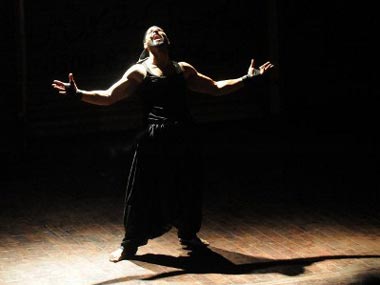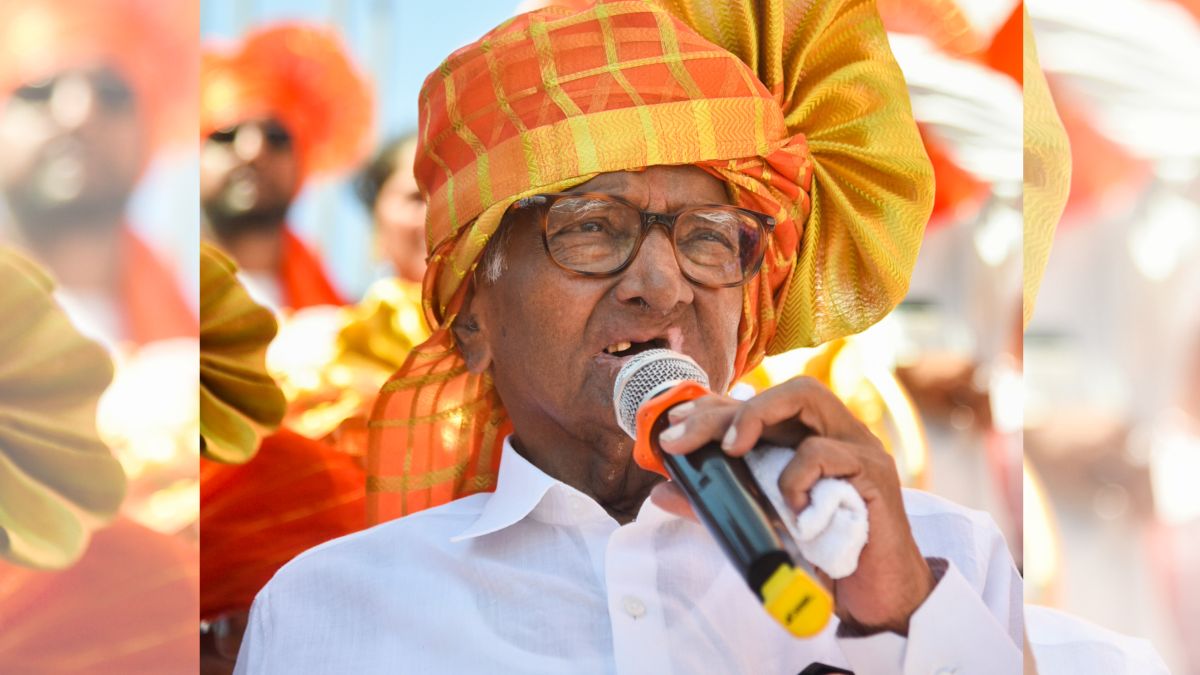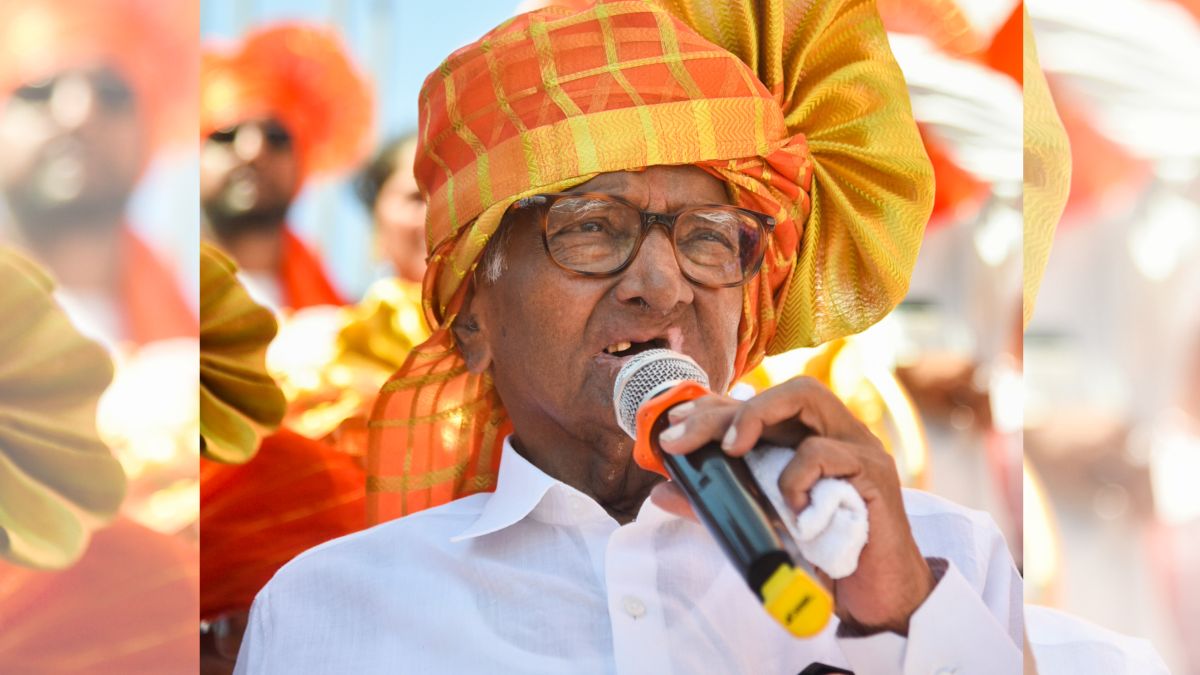Mumbai: When we talk about Indian theatre, what are the first things that come to mind?
Well, to a majority, the picture that is painted is of low-budget productions in stuffy surroundings and ‘double-meaning’ comedies that rarely ever rise about the ordinary.
Actors never stop raving about the allure of theatre but to an audience that has been raised on films, theatre can strike one as dull and dreary.
There’s so much about theatre that is different from films – there is no colour to capture the mood, there are no special effects, indeed, at times, it seems like it’s standing still. Indian theatre isn’t Broadway. Not by any yardstick.
But then there are certain things that make theatre special and prime among them is plot. The performances, there is no hiding on the stage, can also raise the level of the play.
And that is where Marathi theatre makes its presence felt. While Gujarati, Hindi or English theatre is ‘merely weekend theatre’, catering to the upper class, Marathi theatre is all about the masses mainly because of the way it gets people to relate to the script.
For Mumbai, the love for Marathi theatre comes very close to its train commute, vada pao and cutting chai. The city which boasts of theatre personalities like Satyadev Dubey, Vijay Tendulkar, Satish Alekar and Mahesh Elkunchwar loves watching Marathi plays.
“Mumbai is not just the economic capital, but also the cultural capital of India”, says Chandrakant Kulkarni, a well-known director of both Marathi plays and movies.
Kulkarni, who has directed over 60 plays which include the popular Gandhi Virudh Gandhi in three languages, Char Choughi, and the eight-hour-long Wada trilogy, believes the growing number of theatres in the city is a proof of the people’s interest in the art.
There are at least 15-20 theatres in Mumbai which host only Marathi plays. From Prabhadevi to Thane – Rabindra Natya Mandir, Shivaji Natya Mandir, Ranga Sharda, Dinanath, Gadkari Rangayatan and many more theatres are witness to the love Mumbaikars have for this art form. This relatively much more, compared to other cities like Bangalore or New Delhi which typically have a few
The theatre management of Shivaji Natya Mandir also confirms that whenever there’s a good play on, the theatre, which has a capacity of 1000, is ‘houseful.’
But how does an old, somewhat slow form of art still attract the Mumbaikar?
“Boundless energy, live moments, live interaction, a tradition of 150 years—the magic of theatre can never die. Besides that, Marathi theatre is not just entertainment like Bollywood, it has much more to it; it makes you think even hours after you’ve watched a show,” Kulkarni says.
Marathi theatre is evolving and the directors are experimenting with newer concepts and forms of theatre. No other place in India has so much of ‘commercial theatre’ like that in Maharashtra. If you have three movie shows in Plaza, the theatre bang opposite to it, Shivaji Mandir, has three shows of a play on the same day.
The various genres of Marathi scripts are also a reason for people to watch plays.
Comedy, serious depiction of the society, political satires, musicals — Marathi theatre fascinates with its large variety.
The fact that a ticket of a Marathi play costs more than a movie show, doesn’t stop people from watching plays. “Every two family in three watches Marathi play regularly”, says Rishi Deshpande, a film director who has acted in Marathi theatre for over a decade. “If you earn somewhere around Rs 10k-15k per month, Marathi theatre is on your priority list.”
Chandrakant Kulkarni is now working on an experimental theatre project Mounraag with Sachin Khedekar, the popular Marathi movie actor. But the intriguing part is that none of them, not even the upcoming actors take any remuneration for it. For them, “theatre is about passion, money doesn’t matter.”
But what really makes Marathi theatre different is its original script even in the modern times.
While most other regional theatre is based on adaptations of popular, old plays, Marathi theatre writers have been consistently writing original scripts for 5-6 generations. “From Vijay Tendulkar to Adwait Dadarkar, Marathi theatre is gifted with the best writers, who write original scripts” says Kulkarni.
Om Puri, Sachin Khedekar, Mahesh Manjrekar and even Atul Kulkarni have all emerged from Marathi theatre. There was a time when Marathi theatre actors could move into Bollywood, now it seems like there are very few who either want to make that move, or find the scripts that allow them to.
The cultural connection of Mumbai with its regional theatre shows that the stage is not dying, contrary to popular belief. Marathi theatre has a long way to go before it can come out of the shadow of Bollywood but it has managed to carve a special niche and that’s reason enough to say that there’s plenty of hope for the art in the city.


)




)
)
)
)
)
)
)
)